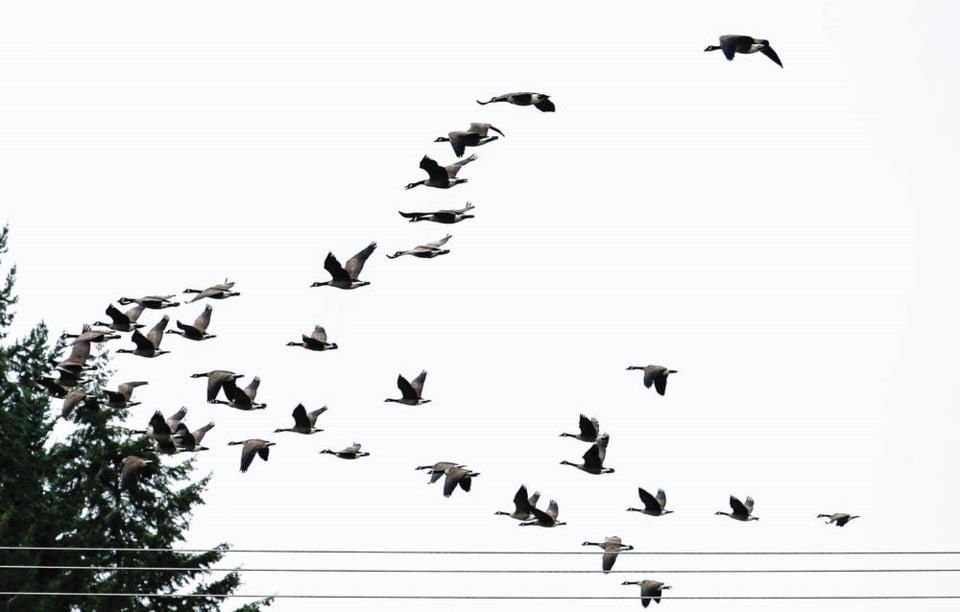I recently did a presentation for inVIVO, a fascinating international conference series about human and planetary well-being. The organizers asked me to talk about the importance of connections, based on a column I wrote this year.
So I talked about how connected we all are through our DNA to each other and all forms of life, through the very atoms we breathe, eat and drink to all the other plants and animals, going back millions of years, who incorporated those same atoms in their own bodies, and how those atoms also connect us to the stars in which they were created — we truly are star stuff.
I also talked about how we are part of and wholly dependent upon a global living system that both the ancient Greeks and — 2,000 years later — the planetary scientist James Lovelock called Gaia. Other cultures have their own names for what Indigenous people all over the world call Mother Earth.
And I stressed how much we have become disconnected from nature (and from each other, but that is another story, for another column), and how important it is to re-establish a strong sense of connection to nature, to other living things and to our Mother Earth.
Which brings me to the winter solstice, which this year in the northern hemisphere is at 2:02 a.m. on Monday, Dec. 21 (of course, it’s summer solstice at the same time in the southern hemisphere).
But how many people even recognize this, never mind celebrate it? Yet it used to be an enormously important event for our ancestors all over the world, and for many it still is.
It is one of the important ways we can connect — or re-connect — to nature and to the great cycle of seasons and the Earth’s passage around the sun.
It marks the turning point of the year, when the nights stop getting shorter and the days start getting longer. And at a time when food would be getting scarce and it seemed winter would never end, it held out the promise of the warmer, sweeter days of spring and summer, of fertile animals and crops, of the coming of the light and the birth of a new year. So our ancestors celebrated with food and drink, with song and dance and plays, and above all, with lights to welcome the new year.
Of course, many faiths have incorporated the winter solstice into their own festivals of light and birth or re-birth — Hanukkah, Christmas, Diwali and many others.
But I think we need to mark and celebrate the winter solstice itself, not in some disguised form but for what it is and what it represents. Which is why I give or return seasonal greetings with “Happy Solstice.” The initial response is often a combination of surprise and then “Oh, yes” as it sinks in.
But I do more than that to recognize solstice. There is an old English tradition called the Mummers Play that takes place around midwinter. While every village had its own version of the play and there are strong elements of pantomime, at the heart of every play is a fight, a death and then a quack doctor who brings the victim back to life: It is really about the death of the old year and the birth of the new.
We have performed our own Mummers Play locally for a number of years. One place we do it is the annual Lights on the Gorge, a small local event to mark the Solstice. So while we can’t put it on in public this year, I am making several brief online appearances, including at the online Lights on the Gorge this afternoon.
But I believe we need a much larger event — or series of events — across the region to mark and celebrate both the winter and summer solstices, bringing many cultures together to re-forge our connection to nature and the great cycle of the seasons.
I end with some of the words with which I close our Play: “Our purpose is to celebrate the turning of the year, so I wish you joy and happiness, great mirth and great good cheer.” Happy Solstice!
Dr. Trevor Hancock is a retired professor and senior scholar at the University of Victoria’s School of Public Health and Social Policy.



